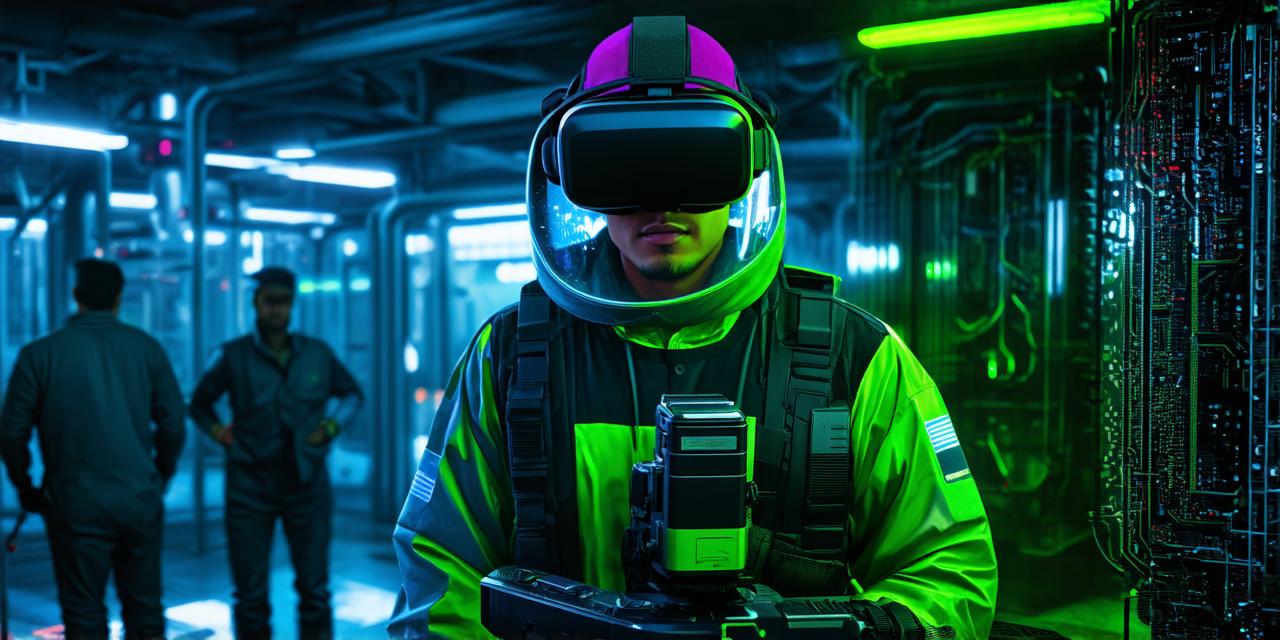Virtual Reality (VR) is a rapidly growing technology that offers immersive experiences that can transport users into different worlds. However, despite its potential benefits, VR has not gained widespread popularity among consumers and businesses. In this article, we will explore the largest obstacle preventing VR from achieving mainstream adoption.
High Cost
One of the biggest barriers to VR gaining widespread popularity is its high cost. VR headsets can be expensive, with prices ranging from a few hundred dollars to several thousand dollars. Additionally, VR content and equipment needed for creating such content are also costly. This cost is a significant challenge for consumers, who may not have the financial resources to invest in VR technology.

Limited Comfort
Another obstacle to VR gaining widespread popularity is its limited comfort. VR headsets can be bulky and uncomfortable to wear for extended periods, leading to fatigue and discomfort. Additionally, some users may experience motion sickness or other adverse effects when using VR technology.
Lack of Content
The lack of content available for VR is also a significant obstacle to its widespread adoption. While there are many exciting applications for VR, there are still not enough games, educational programs, and other experiences available for consumers to try. This lack of content limits the potential benefits of VR, making it less appealing to users.
Technical Issues
Finally, technical issues are another obstacle to VR gaining widespread popularity. While VR technology has come a long way in recent years, there are still many technical issues that need to be addressed. For example, some VR experiences may not work correctly on certain headsets or equipment, leading to frustration and disappointment for users.
In conclusion, while VR has significant potential benefits, it faces several obstacles to achieving widespread adoption. High cost, limited comfort, lack of content, and technical issues are all significant challenges that need to be addressed if VR is to become a mainstream technology. However, with continued innovation and investment in VR, we may see these barriers overcome and VR gaining the popularity it deserves.
